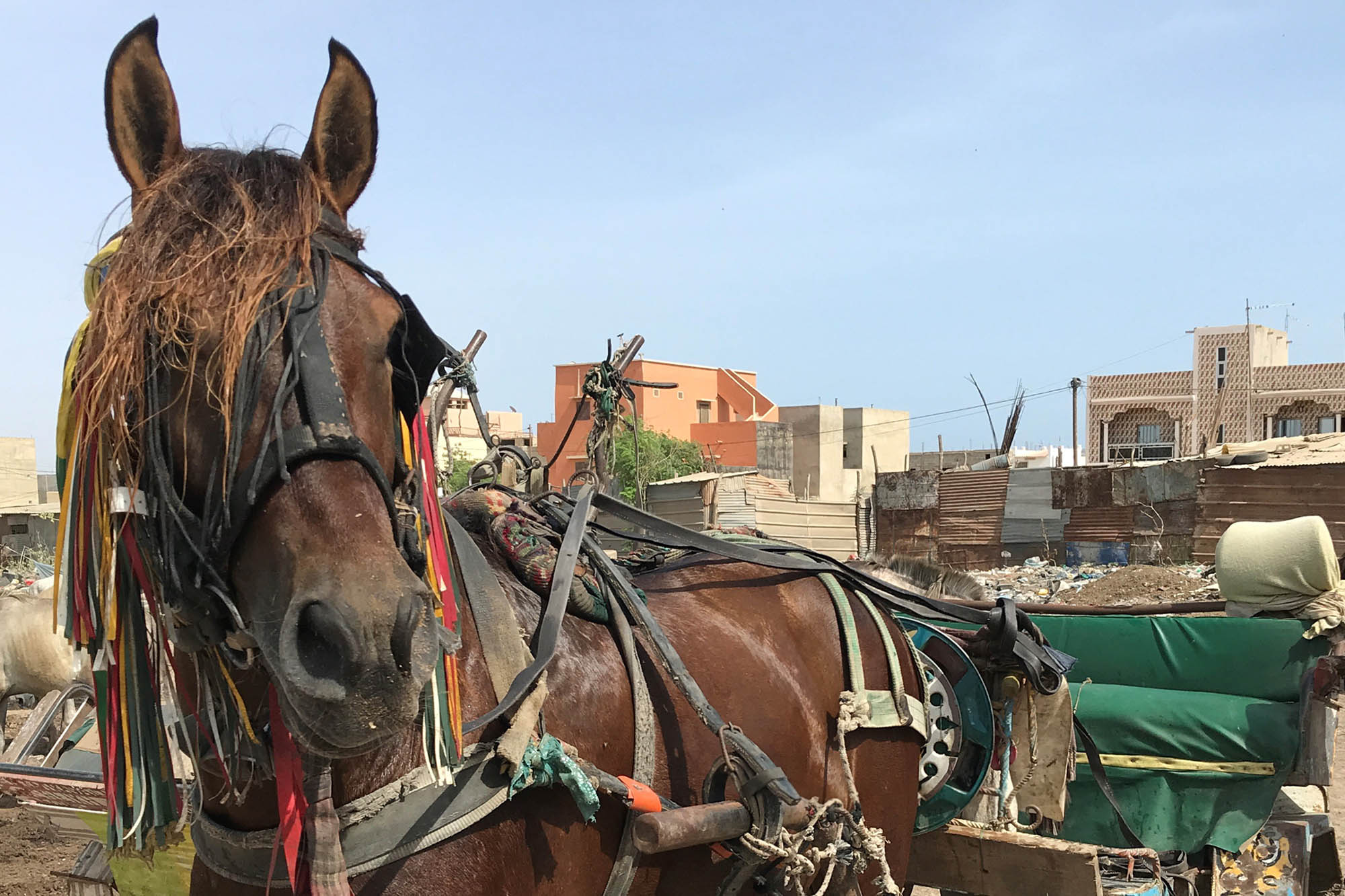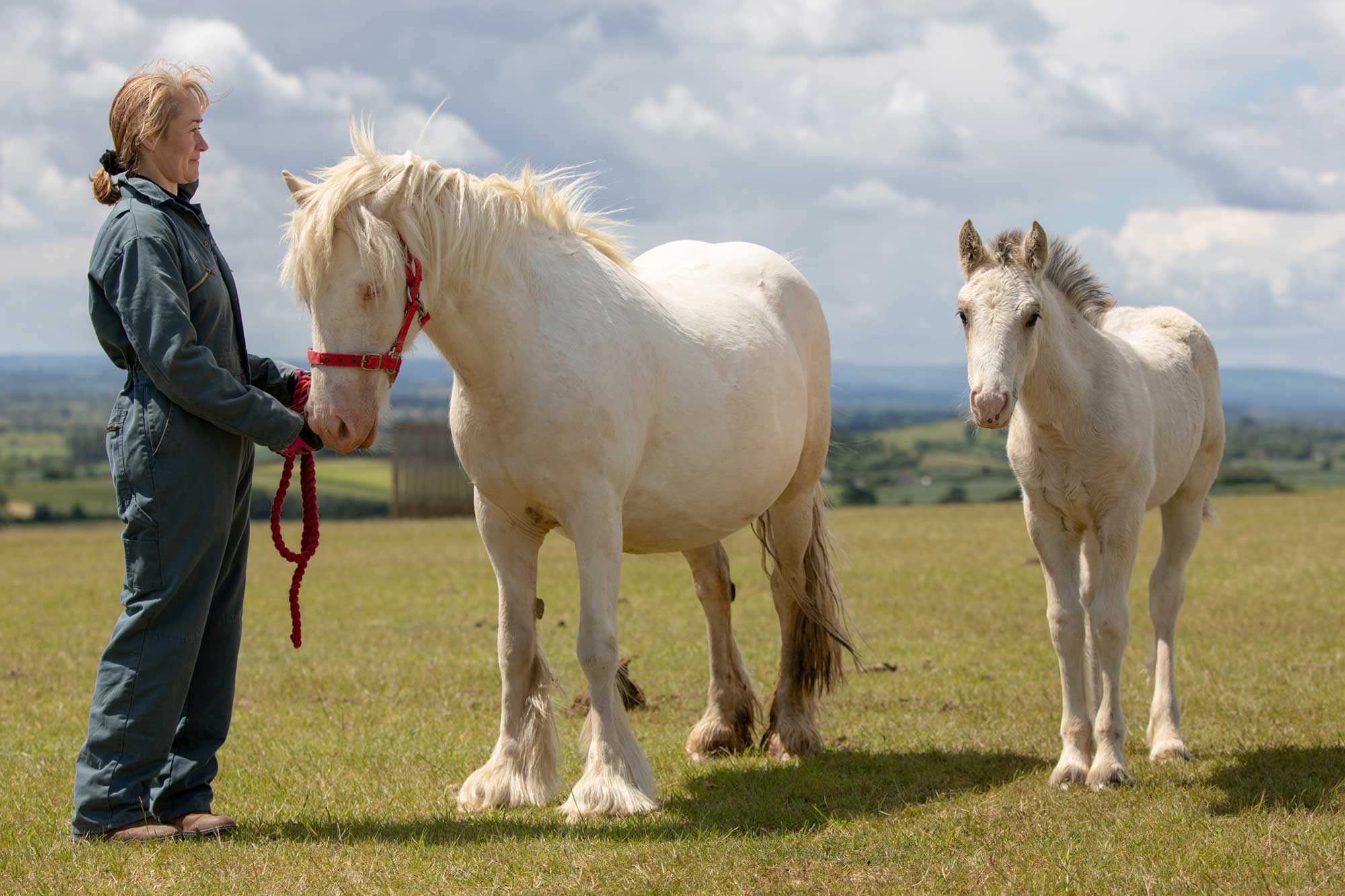New laminitis research shows gaining weight is a risky business
This newly published research provides compelling evidence that laminitis developed significantly more often after horses and ponies gained weight rather than when they lost or maintained weight.
Posted on 09/04/2019

A study conducted by the Animal Health Trust in collaboration with the Royal Veterinary College and Rossdales Equine Hospital, and funded by World Horse Welfare, has identified that weight gain more than doubled the risk of horses and ponies developing laminitis.
Weight and body condition were regularly estimated and recorded by horse/pony owners over 29 months, with over half of the participating owners opting to use a custom-designed online weight tracker.
Worryingly, weight gain was often occurring unintentionally, even when owners were aiming for weight maintenance or loss. This emphasises the importance of consistent weight and body condition recording, so that undesirable weight gain can be recognised before it negatively impacts health. Owners need to review their animal’s current diet, exercise and health management routines as soon as undesirable weight gain is detected and take action.
This study also identified high risk groups particularly susceptible to developing laminitis. Owners of native pony breeds and their crosses, animals with a laminitis history and those with lameness or soreness after routine hoof care should be particularly vigilant. A high risk of future laminitis episodes was identified in animals shod/trimmed at intervals of more than 8 weeks, and those with a lengthy return to soundness following the most recent episode.
Earlier recognition of laminitis, along with adequate and prompt veterinary attention, farriery support and diagnostic testing of underlying metabolic disorders should give animals the best chance of recovery and a potential to reduce the risk of future episodes.
Features of diet, grazing management and health were also associated with the development of laminitis and require further investigation. For example, horses and ponies with short-term morning grass access, and those that wore grazing muzzles for only part of their grazing time were more likely to develop laminitis. These findings suggest that some grazing management interventions were not optimal at preventing laminitis.
“This is one of the largest, and the first, online laminitis studies where we collected regular information from the same group of owners in real-time. We assessed the relationship between laminitis and many potential management and health factors and identified those more likely to be present before a laminitis episode was reported. We now have good evidence to develop laminitis prevention guidelines, and a number of different avenues to explore in the future. We cannot emphasise enough how important systematic and regular weight and body condition monitoring are. It’s very easy to miss weight gain when you are just relying on your eyes and you see your horse or pony every day. You need to get hands on, feel for the fat deposits and take measurements, remember the figures don’t lie!
“With ongoing support from the Margaret Giffen Charitable Trust and World Horse Welfare, we aim to develop up-to-date recommendations to help prevent laminitis development. We also continue to investigate some of the identified risk factors, such as weight gain, to learn more about their impact on laminitis, and equine health in general.”
Dr. Dee Pollard, Animal Health Trust
“Effective management of a horse or pony’s weight can be challenging and it is important that owners are aware of the increased risks associated with excess weight. This breakthrough study has highlighted which types of equines are most at risk and how important it is that owners and carers regularly measure and monitor their horse or pony’s condition throughout the year so they are able to spot changes as early as possible and alter their management accordingly.
“If anyone is concerned about their horse’s weight then their vet is best placed to advise on appropriate steps and you can also find a wealth of information on our Right Weight page.”
Sam Chubbock, World Horse Welfare Head of UK Support
Topics
Related News

Shocking statistics lead charity to ask horse owners: “Do you really need to breed?”
As 7,000 horses in Britain are deemed at risk of needing rescue or new homes, we have launched a new initiative today to help horse owners understand the impacts, costs and risks associated with breeding.

Project takes first step towards lightening the load for horses
Last week (4 – 8 September) researchers have taken the first step towards tackling the issue of rider weight, investigating whether there are any short term measurable differences when horses are ridden by different sized riders.
Recommended Blog Posts

Our London Marathon runners 2024
We find out what their motivations are for running for our charity and how their training is going.

Analysing the success of community projects in Senegal
Bursary student Faye Al-Nakeeb takes a look at the impact of our project in Senegal on the welfare of local working equines.

What does biosecurity mean and how do you quarantine a new horse?
Research and Education Officer Alana Chapman shares simple steps you can take to prevent an outbreak of disease on your yard.
Enjoy reading stories like this?
Join over 55,000 other horse lovers and sign up for our email newsletter

Join over 55,000 other horse lovers and sign up for our email newsletter
Sign me up now